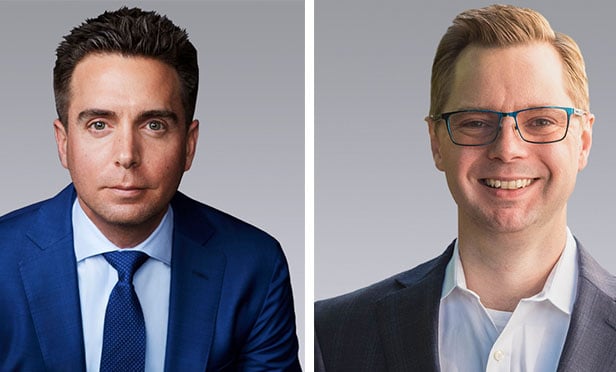PHOENIX—The Greater Phoenix medical office market strengthened in 2015, particularly in the second half of the year. Part of the improvement in the local medical office market is being driven by a strong pace of employment growth in the healthcare sector. More than 9,000 jobs were added in this segment of the local economy in 2015, representing growth of more than 4%.
Vacancy ended the year below 17%, the lowest figure since mid-2008. Local vacancy is expected to continue this gradual pace of improvement, even as a few new development projects come onboard, according to the fourth quarter 2015 medical office market report released by Colliers International in Greater Phoenix.
Michael Dupuy, associate vice president at Colliers International in Greater Phoenix, tells GlobeSt.com: “Despite improvements in occupancy levels and asking rates reported from the fourth quarter, the market still slants in the tenant's favor. There are certain pockets around town in which landlords have the upper hand, but they are significantly outweighed by the instances in which they are not. If inventory levels remain the same, we're still years away from a normal, healthy market at this pace. If you want to know what the next 24 months will look like, pay attention to what the larger, sophisticated users are doing.”
Recommended For You
Want to continue reading?
Become a Free ALM Digital Reader.
Once you are an ALM Digital Member, you’ll receive:
- Breaking commercial real estate news and analysis, on-site and via our newsletters and custom alerts
- Educational webcasts, white papers, and ebooks from industry thought leaders
- Critical coverage of the property casualty insurance and financial advisory markets on our other ALM sites, PropertyCasualty360 and ThinkAdvisor
Already have an account? Sign In Now
*May exclude premium content© 2025 ALM Global, LLC, All Rights Reserved. Request academic re-use from www.copyright.com. All other uses, submit a request to [email protected]. For more information visit Asset & Logo Licensing.









